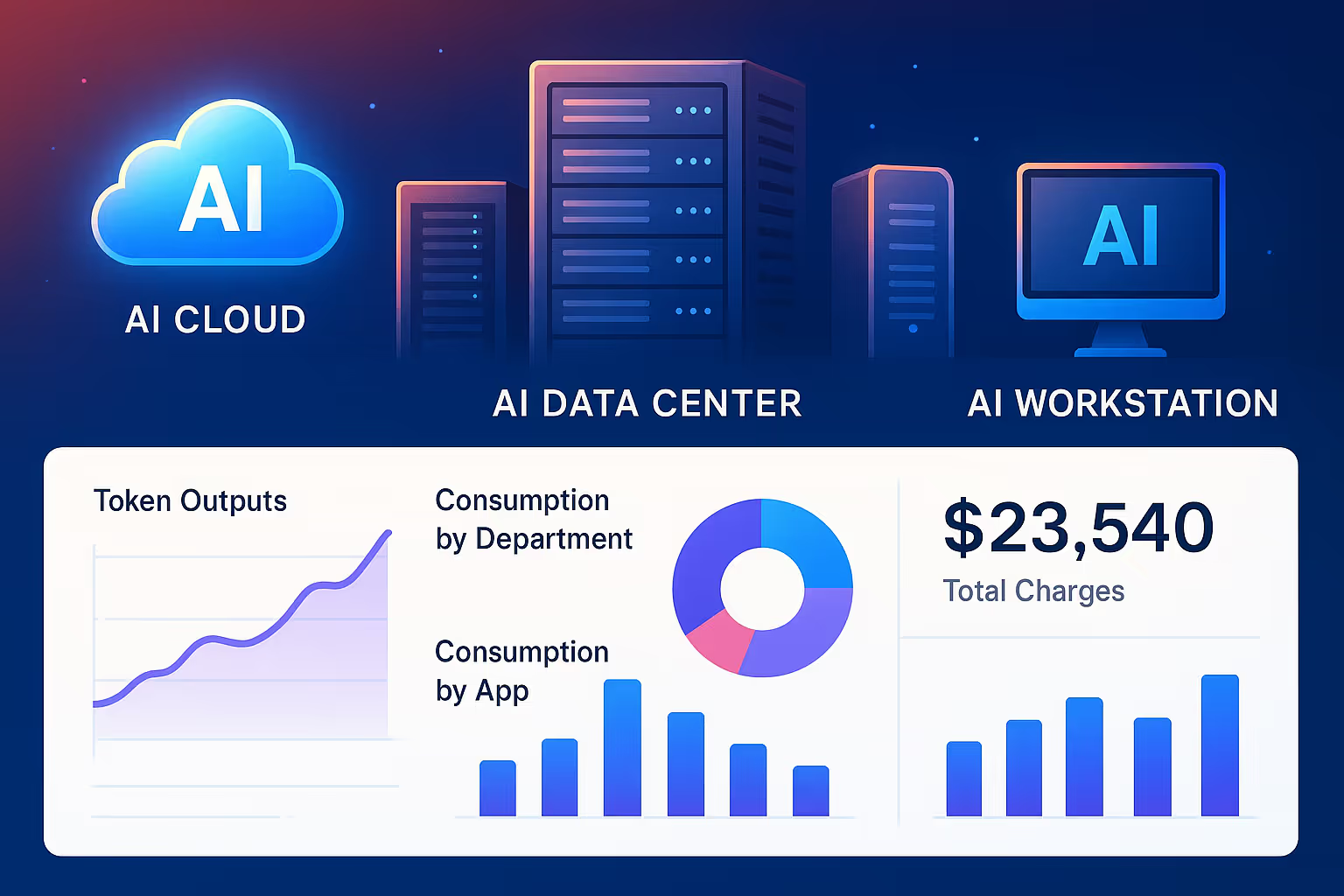How to improve NRR with usage-based pricing
Net Revenue Retention (NRR), also called Net Dollar Retention (NDR), is emerging as a key northstar metric for evaluating SaaS companies. It provides insight to both the current state and the future trajectory of the company. NRR is superceding annual recurring revenue (ARR) among top SaaS metrics because it provides visibility into how quickly a company is growing and how well the company does to keep customers from churning.
Usage-based pricing inherently offers levers for businesses to improve NRR by reducing churn and driving organic account growth. In challenging economic conditions, companies that are most successful in building trust and delighting customers will be the long-term winners. In practice this will show itself as low churn and steady customer acquisition despite challenging economic conditions.
Calculating NRR for usage-based businesses
To understand how NRR is traditionally calculated, consider a group of customers that have been using a solution for a year. NRR is given by dividing the monthly recurring revenue (MRR) from that group of customers for this month by the MRR for that group from the same month one year ago.
For some group of customers A, calculated for month of December last year:

In a usage-based business, recurring revenue is difficult to measure since customers do not have to commit to any long-term contract. Since customers only pay for what is used each billing period, it requires a new way of thinking about recurring revenue.
Some companies simply remove the pay-as-you-go option, and have customers pre-pay for usage with prepaid credits. In this situation, the recurring prepaid spend (or the prepaid spend divided by month) can be used as the recurring revenue in the traditional model. Other approaches include comparing the spend by quarter instead of month, annualizing the previous month’s usage-based spend and using this as a basis for ARR, or simply comparing the annual (usage-based) spend for a set of customers year-over-year.
For example, Twilio compares revenue from a set of customers from Q1 this year with the revenue from that same set during Q1 of the previous year. To calculate the NRR for the full year, it takes the average across the four quarters for the year. Snowflake compares the annual revenue for the current year generated by the customers who signed up exactly 1 year ago or greater with the revenue generated by those same customers during the previous year.
While the specifics for each calculation may differ, each business is following the same fundamental process: identifying a set of customers and modeling how those customers' spend on the platform evolves over time.
Usage-based pricing improves NRR
From the above examples we can see that there are a two primary approaches that businesses take to improve the NRR. These include to improve overall retention (decrease churn) or increase the revenue generated per existing customer (land and expand). Usage-based pricing is a lever that allows businesses to positively impact NRR from both directions.
- Reduce Churn
Rather than giving customers the binary choice to churn or remain with a solution, usage-based pricing offers each customer greater control and flexibility over their spend. Giving the option to throttle back usage of a solution without stopping completely will improve churn compared to the subscription context.
- Drive Organic Growth
Account growth can occur organically for usage-based solutions. As long as the customer does not churn and continues to be successful, then the overall usage of the solution should increase as the customer grows. Combining this natural growth with targeted upselling and cross-selling efforts from account teams informed by the historical usage data.
With deeper understanding of customer use cases, teams can recommend new products and areas of expansion with the greatest potential value. This personalized, data-driven motion has the potential to improve NRR compared to the traditional outreach from the SaaS subscription motions.
- Unlock Data-Backed Customer Outreach
Tracking usage to enable usage-based pricing inherently provides the added benefit of deeper visibility into customer activity and account health. This is a significant improvement than what has been easily achievable with legacy business models. Savvy businesses will leverage historical usage data in a complementary outreach motion to drive additional growth.
As economic conditions tighten and customers become even more demanding of vendors to demonstrate value and justify the spend, usage-based pricing will continue to emerge as a viable option. Companies already operating on a usage-based model are at an advantage and will able to offer more flexible, customer-friendly pricing, and solutions teams can work to scale usage within the budget limits.
Another aspect not to be overlooked is the importance of growing the lifetime customer value. Usage-based pricing gives customers the option to scale usage up and down as needed. Account managers and customer success teams need to collaborate cross-functionally with product and engineering to deliver new value-add capabilities that customers want. Building this collaboration into a repeated motion to continuously align product and go-to-market around what customers are using and asking for is a surefire recipe to long-term success and account growth.





.svg)

